1963 Corvette Grand Sport – Ultimate Guide
Though the Corvette has become synonymous with unparalleled racing success, quite the uphill battle was staged to reach this level of notoriety. In fact, some of the iconic American sports car’s earliest forays into racing were snuffed out before they ever truly began.
So begins the story of the 1963 Corvette Grand Sport, a Zora Arkus-Duntov designed rendition of the C2 that was staged for track domination, both at home and abroad. Unfortunately, the Grand Sport project was simply not to be, as it was axed before being scaled to full production.
The Extension Of A Vision
Zora Arkus-Duntov, who would later become known as the father of the Corvette, first came onto the radar of Chevrolet Chief Engineer of the day, Ed Cole, in 1953. After a trip to that year’s Motorama in New York, Duntov sent a letter to Cole expressing his admiration for the newly designed Corvette, while also offering subtle suggestions regarding where he felt improvements could be made. The bulk of these suggestions centered around revising the car’s underwhelming power plant.
Cole, and the rest of his team, were impressed with the technical prowess and general enthusiasm toward their project that was showcased within this letter, and felt that extending a job offer to Duntov would be in their best interest. This proved to be a pivotal moment in Corvette’s history, as a new refined period of performance-minded innovation had unknowingly been put into motion.
Arkus-Duntov began his career with Chevrolet on May 1st, 1953, as an assistant staff engineer. From his earliest days with the company, Duntov found his calling in pushing the performance of all models that he took part in the design of, with the Corvette being the most notable. After only six months of employment with Chevrolet, Duntov penned a memo to Ed Cole outlining the value of seizing upon the performance demands of the younger generation, titled “Thoughts Pertaining to Youth, Hot Rodders and Chevrolet”.
In this memo, Duntov leaned heavily upon the need to integrate a V8 powerplant into the Corvette, to stay relevant, bolster sales, and cater to the demands of consumers. This call to action did not fall on deaf ears, and top Chevrolet brass took note.
By 1955, the 265 cubic-inch V8 engine had found its way into the Corvette, and total unit sales began to rise. This innovation is generally considered one of the most prominent factors that spared the Corvette line from an untimely demise, as prior sales figures had been lackluster at best.
Through the 1950s Duntov continued on his mission to refine the Corvette into an American sports car that could rival anything on the foreign market. He fostered several performance upgrades within the line during this time period, including the advent of “fulie” fuel-injection technology in 1957, and an increased efficiency camshaft that is often affectionately referred to as the “Duntov Cam”.
Arkus-Duntov also leaned heavily upon his own experience as a dedicated racer, to push the Corvette’s on-track image, and silence all of its skeptics. From this movement, came the SR-1 and SR-2 Corvettes, as well as the magnesium bodied Corvette Super Sport, which gained a substantial amount of notoriety by setting a lap record at the 12 Hours of Sebring endurance race.
The AMA Racing Ban
Although the Corvette had begun to gain a foothold in the competitive racing scene, a chain of events was about to unfold that threatened to end this rise to prominence, just as quickly as it had begun.
The late 1950s were a time in which competitive racing, especially that which was conducted under the technical guidance of vehicle manufacturers, was receiving a substantial amount of blowback. A 1955 crash at Le Mans, sent a Mercedes-Benz careening off of the track, launching the car’s engine, and many of its suspension components into the track’s spectator area.
Ultimately, 83 people were killed, with another 180 injured. This catastrophic event led many to question the safety of racing, and set off a chain reaction of new oversights that rippled through every segment of the automotive industry.
One such oversight came in the form of the Automobile Manufacturers Association’s (AMA) ban on factory-supported racing. This ban forbade auto manufacturers from taking part in performance-based marketing, the offering of technical assistance for the purpose of racing, or the production of an outright race car.
While this seemed to be the proverbial nail in the coffin for Chevrolet’s racing ambitions, Arkus-Duntov was not to be deterred, instead soldering on in his endeavors while attempting to fly below the radar of corporate oversight.
The Rise and Demise of the 1963 Corvette Grand Sport
Though the implementation of the AMA’s ban on racing was, for all intents and purposes, the official end of Chevrolet’s factory-backed racing efforts, Duntov was not as easy to sway. With little hesitation, he moved forward with his efforts to bring prestige to the Corvette line, through its on-track endeavors. Doing so mechanically would prove to be of little difficulty, though the real challenge would come at the hands of attempting to remain secretive in his efforts.
The 1963 production year saw the completely redeveloped second-generation Corvette come to market. Arkus-Duntov made no secret of his satisfaction toward the C2, often being cited as stating that Chevrolet had finally built a Corvette that he would be proud to drive alongside the grand sports cars of Europe.
The 1963 Z06 package included a 360 HP, 327 cubic-inch engine mated to a 4-speed manual transmission. When you also factored in the addition of a posi-traction rear-end, 36-gallon fuel tank, and heavy-duty suspension, you had a specimen that one could not help but take to the track. Still yet, Duntov felt as if more could be done to make the C2 a fierce competitor in the GT-Class.
From this thought, the design of the Corvette Grand Sport officially commenced. Duntov knew that to succeed in competing against stiff foreign competition, as well as Caroll Shelby’s Cobra, the Grand Sport would have to shed some major weight and pack a significant punch under the hood. With ambitions of debuting the Grand Sport at Le Mans in 1963, the race was on to build a car that would dominate on any track, with no exceptions.
Great measures were taken to ensure that the Grand Sport would be as lightweight as physically possible. An all-new chassis was designed, making significant use out of aluminum where possible, and featuring ultra-thin fiberglass paneling. Through these efforts, a weight reduction of approximately 1,000 pounds was achieved over the Grand Sport’s Z06 counterpart.
With a significantly lighter chassis prepared, Duntov’s design team got down to the business of preparing an equally deserving power plant. What arose from these efforts was a 377 cubic-inch, V8 engine that featured aluminum heads, and was capable of turning out 550 HP at 6,400 RPMs.
With a significant increase in power to accompany the car’s lightweight chassis, it seemed that nothing was stopping the Grand Sport from the racing domination for which it was designed. When the first Grand Sport was officially completed in November of 1962, it was immediately sent to Sebring for testing, and a full-scale plan was set forth to produce the 150 unit minimum run that was necessary to adhere to homologation standards set forth for entry into the GT production class.
However, with only five cars completed, and a sixth chassis waiting in the wings, word came down from top GM brass that all production of cars for the intent of racing was to cease immediately. This came as a doubling down in enforcement of the AMA racing ban of the day. This dealt a death-blow to the continuation of Arkus-Duntov’s Grand Sport program, and all production was halted.
Slipping Through The Cracks
The decision to ax Grand Sport production was indeed a hard pill for Arkus-Duntov to swallow. He had envisioned a prominent racing future for the Corvette, knowing without exception that the iconic American sports car was poised to make its mark on the GT circuit, if only it was given a chance. In an attempt to sift through the ashes of his condemned production racing program, Duntov allowed the Grand Sport Corvettes that had already been produced, to find homes with prominent race teams across the country.
These cars were effectively redirected for further use, in the insistence that orders had been levied against future production, which had little to do with the Grand Sport Corvettes that had already been built. Although top GM execs might, or might not, have viewed this concept in the same light, Dontov ensured that the cars did not go to waste. Several notable drivers of the day sat behind the wheel of these Grand Sports, including Roger Penske, A.J. Foyt, Jim Hall, and Dick Thompson.
At the time that the Grand Sport program was halted, all five complete cars had their signature 377 cubic-inch engines removed. As a result, these cars were outfitted with donor engines and raced in different events across the nation. The Grand Sport recorded its first win at Watkins Glen in New York. The car in question was piloted by Dick Thompson, and featured a 327 cubic-inch small block that had been retrofitted with a twin-inlet Rochester fuel injection unit.
Although the Grand Sport had achieved some level of racing success, Duntov was not ready to turn away from the project on which he had spent so much time and energy. In a last act of defiance, Arkus-Duntov recalled all Grand Sport Corvettes to the GM Technical Center in Warren, Michigan, to prepare them for the upcoming Nassau Speed Week to be held in the Bahamas.
This would be Duntov’s opportunity to pit his creation against many of the cars that he had aspired for the Grand Sport to gain dominance over. In total, three Grand Sport Corvettes were provided for the event, with each being modified to include flared fenders, wider tires, and 377 cubic-inch, aluminum block engines.
It was during the Nassau Speed Week that the Grand Sport finally was given the opportunity to prove its merit on the track. The most notable event of the week was the 252-mile Nassau Trophy Run, which served as the true proving ground for all of the field’s competitors. When the dust settled, Duntov’s line-up of Grand Sport Corvettes had performed in a manner much to his liking, taking 4th and 8th place in the final standings. This served as confirmation to the Grand Sport’s rightful place among the top performance cars of its day.
A Legacy Cemented
Though continued enforcement of the AMA racing ban soon forced the Grand sport from the track, and into relative obscurity, these five iconic cars are revered even today as a testament to the performance-minded prowess of Arkus-Duntov. Of the five original Grand Sport Corvettes, two were eventually modified into roadsters, but all still survive today.
The Grand Sport Corvette forged a legacy, as perhaps the greatest production race car that never was. Though Duntov’s vision was never allowed the opportunity to fully blossom into what it could have been, much of the innovation found in these five-storied racers can be seen in subsequent generational designs of the Corvette throughout the years.


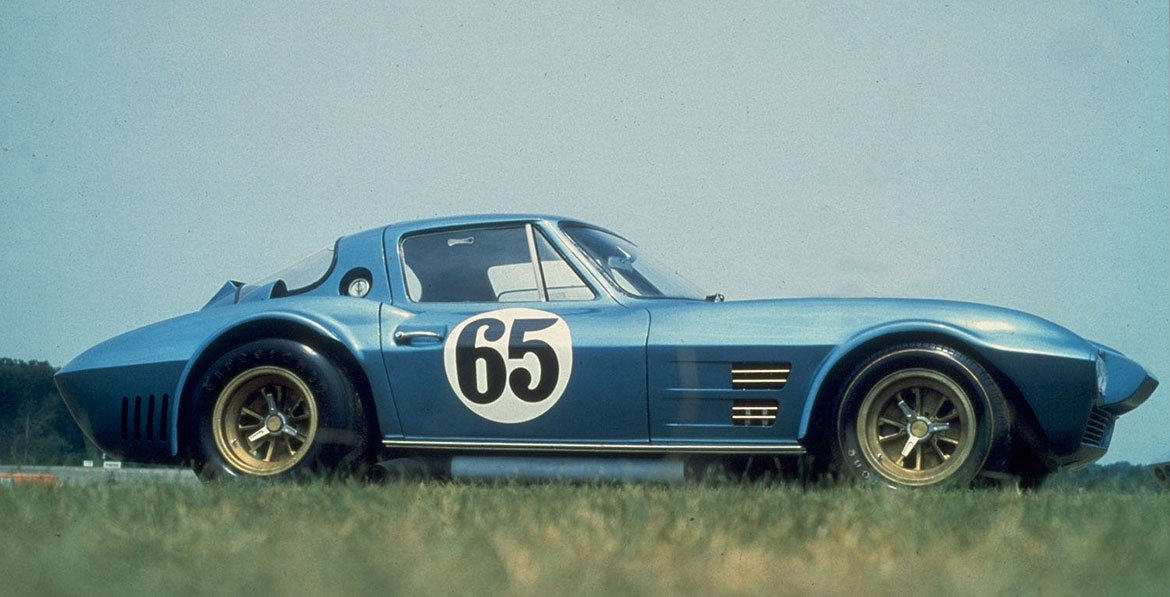
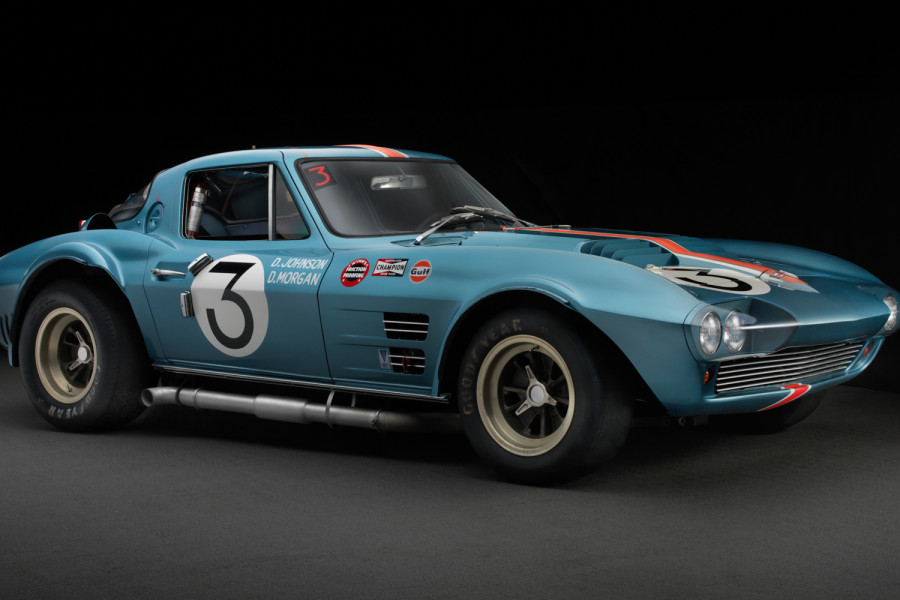
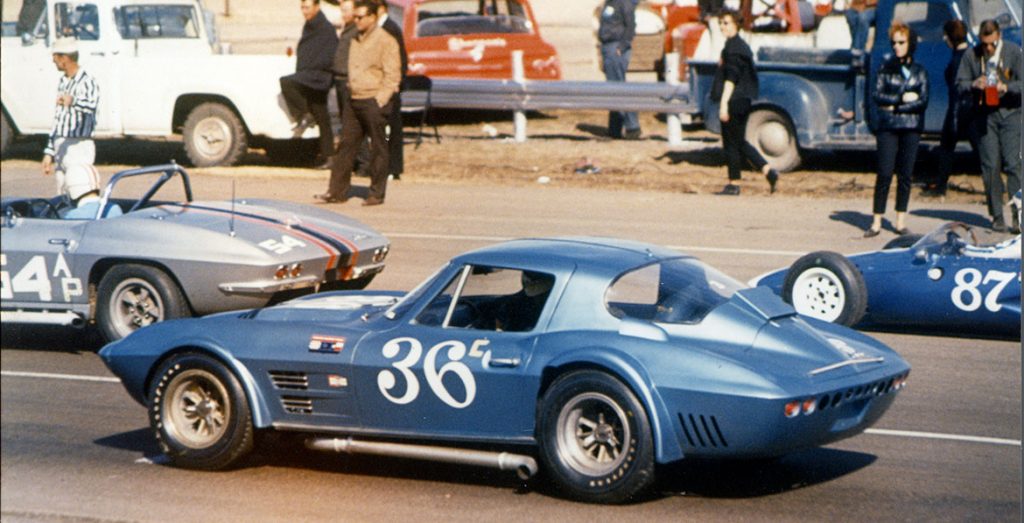
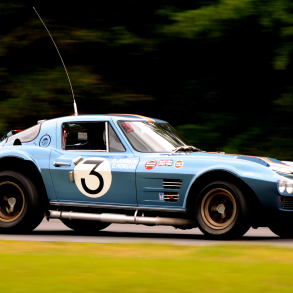
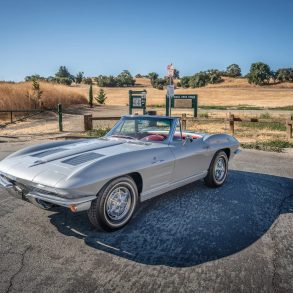
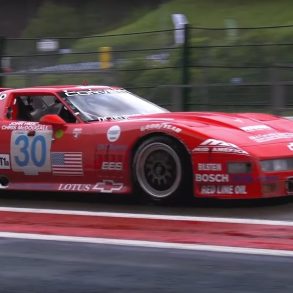
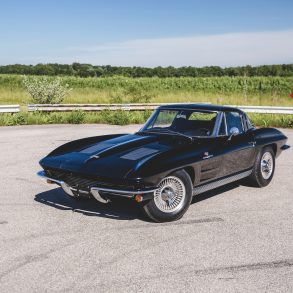


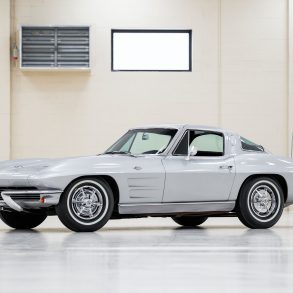
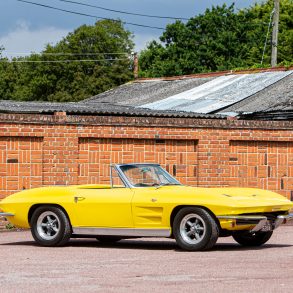

I just read the article about the C-2 Grand Sport Corvette. A very good article as I was the second chassis designer on the project and worked on it through the building of all of the vehicles. I was still just a designer at the time before becoming a design engineer and spending almost 41 years at Chevrolet Engineering, though never working on the Corvette again. My first new car one year out of Purdue was a 59 Corvette. I also owned a 78 Corvette until I sold it to buy a boat. Now happily retired in Maine with a fun summer vehicle, a 2016 Camaro convertible.